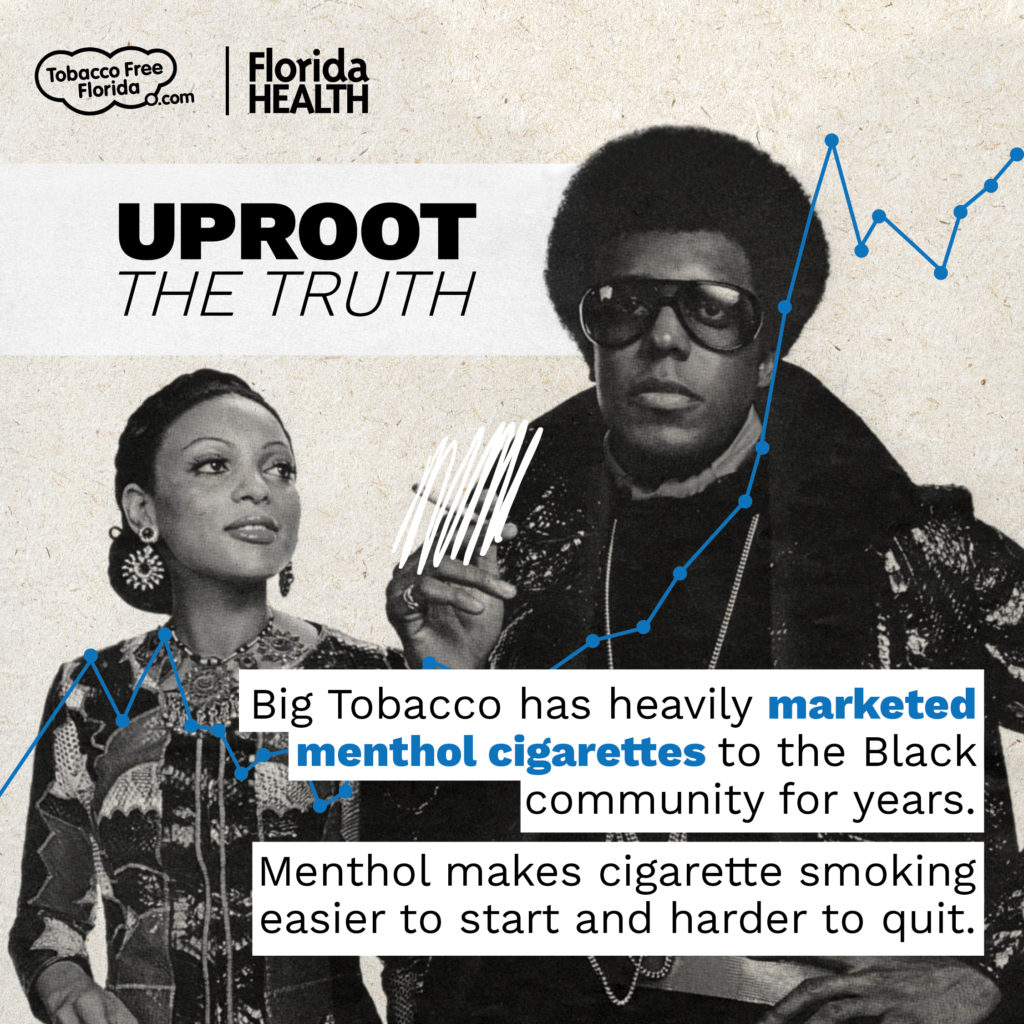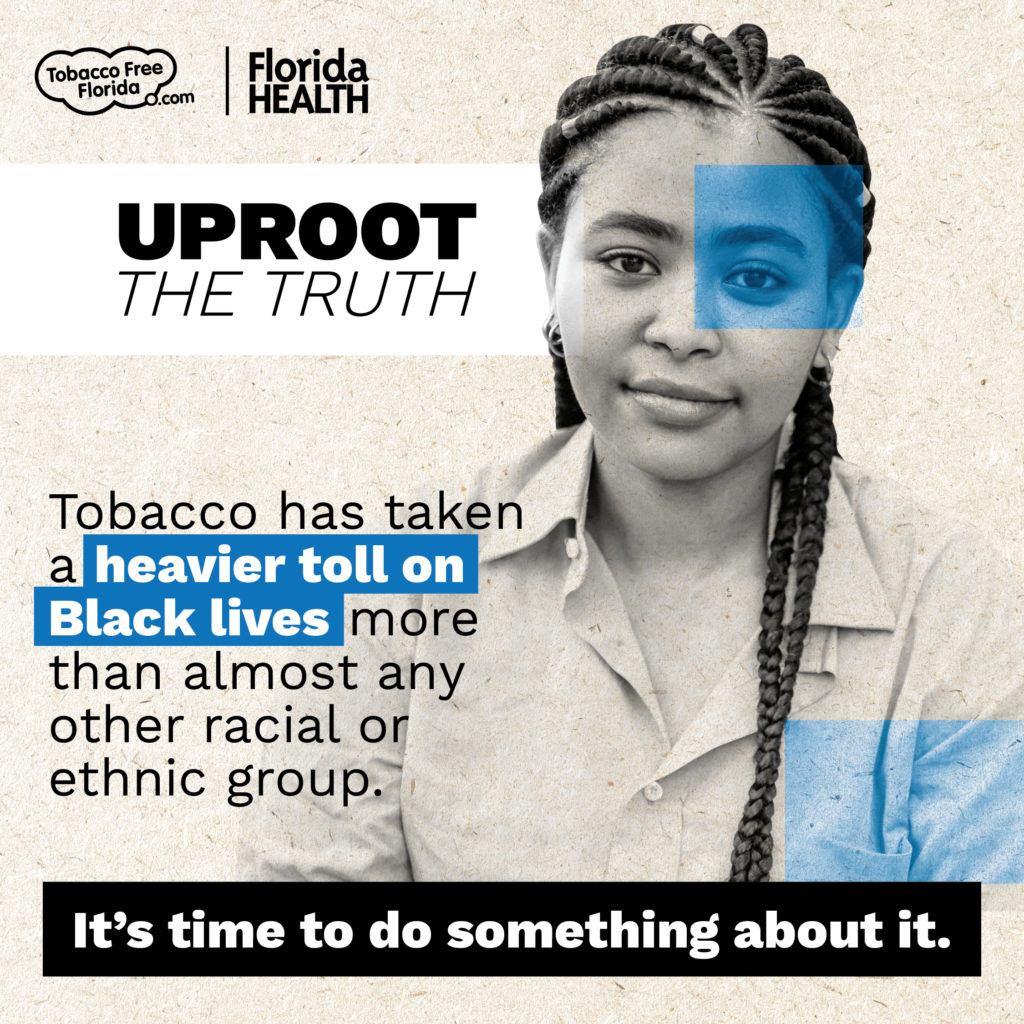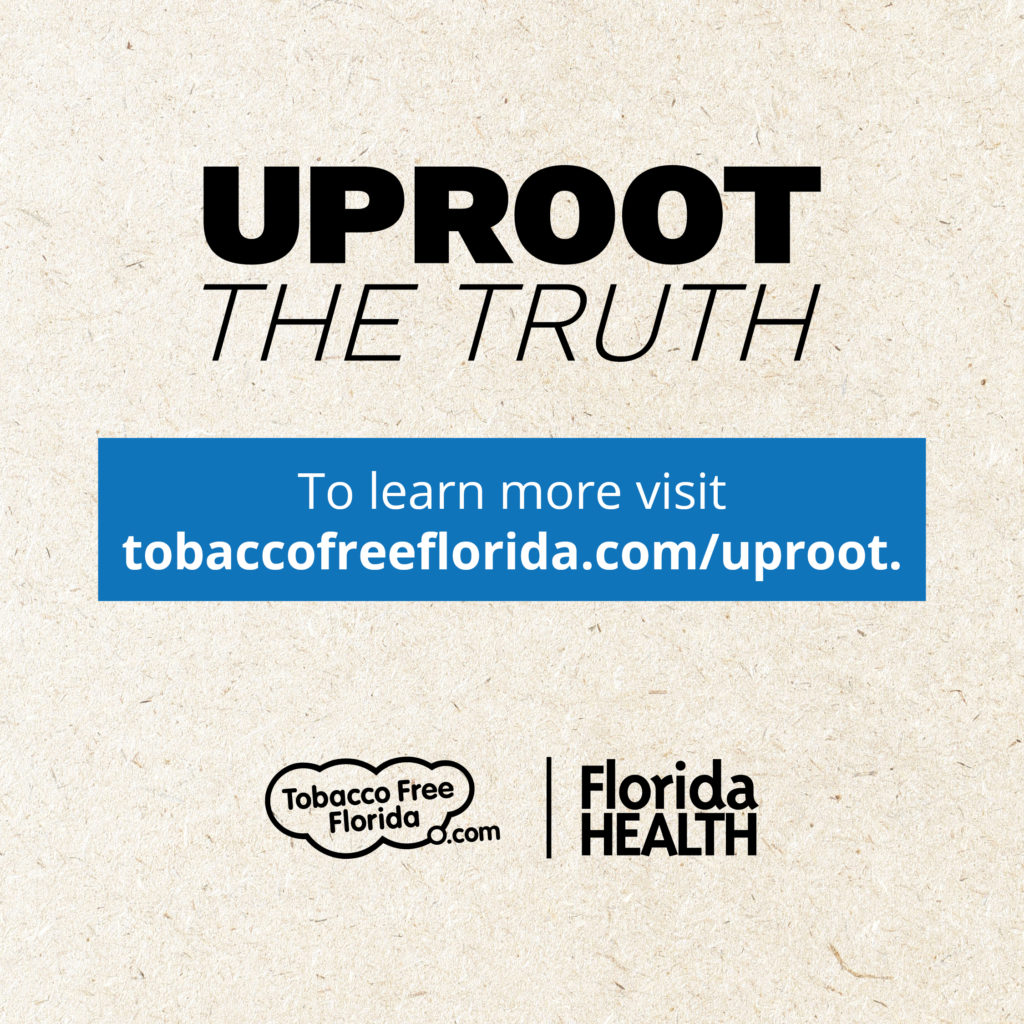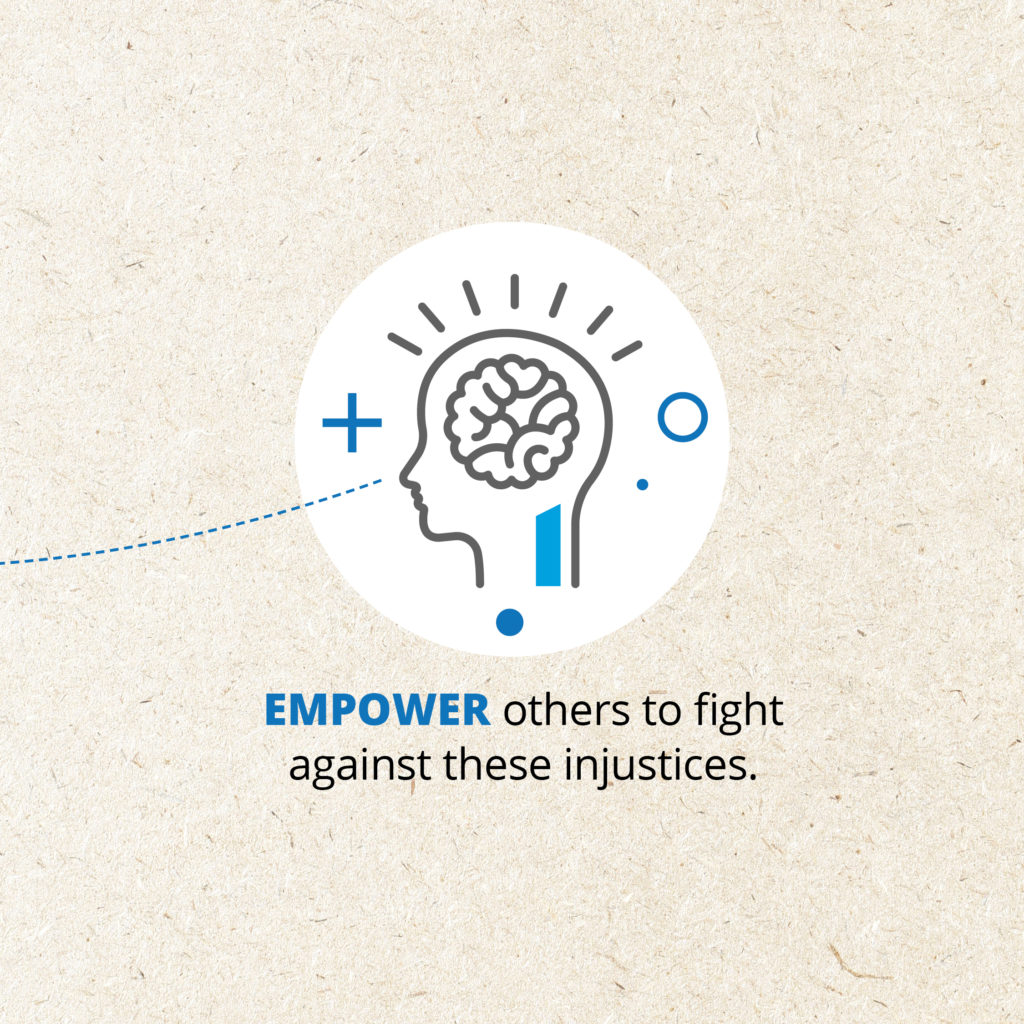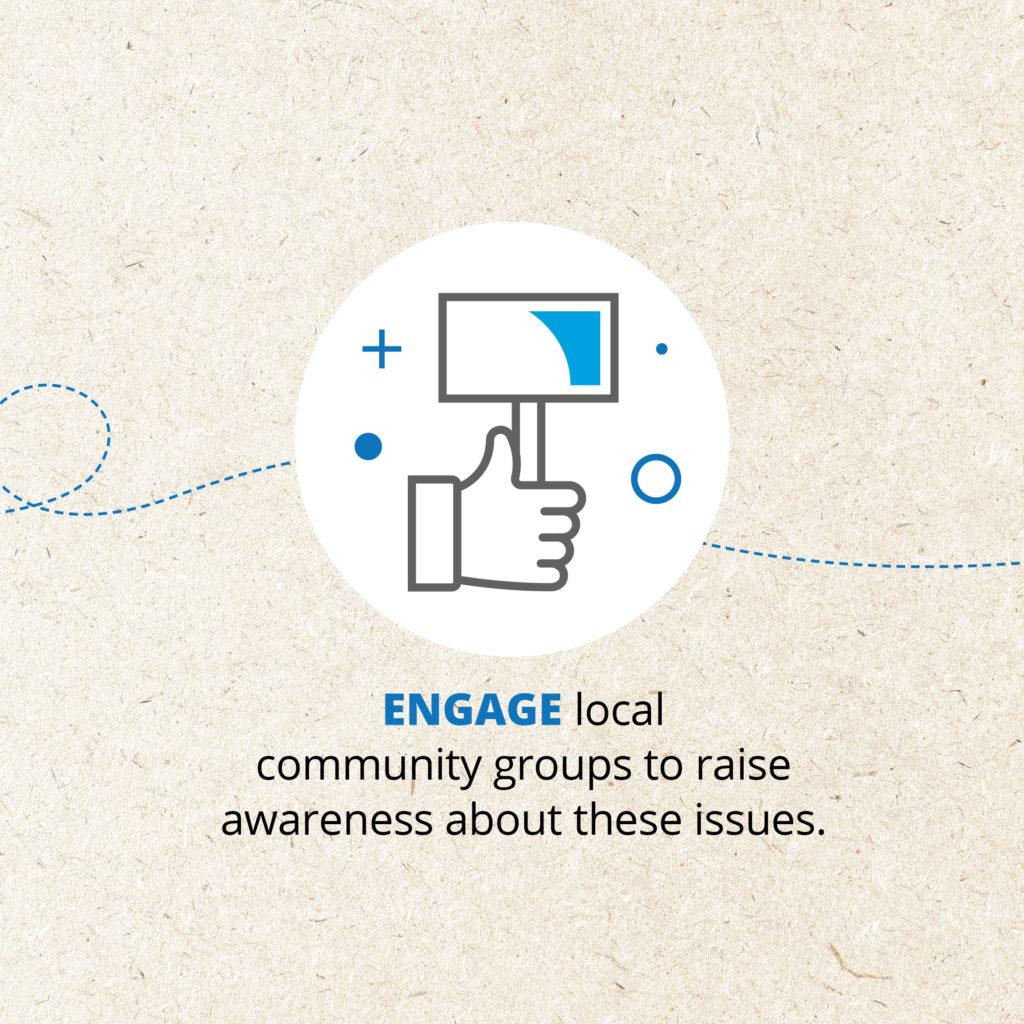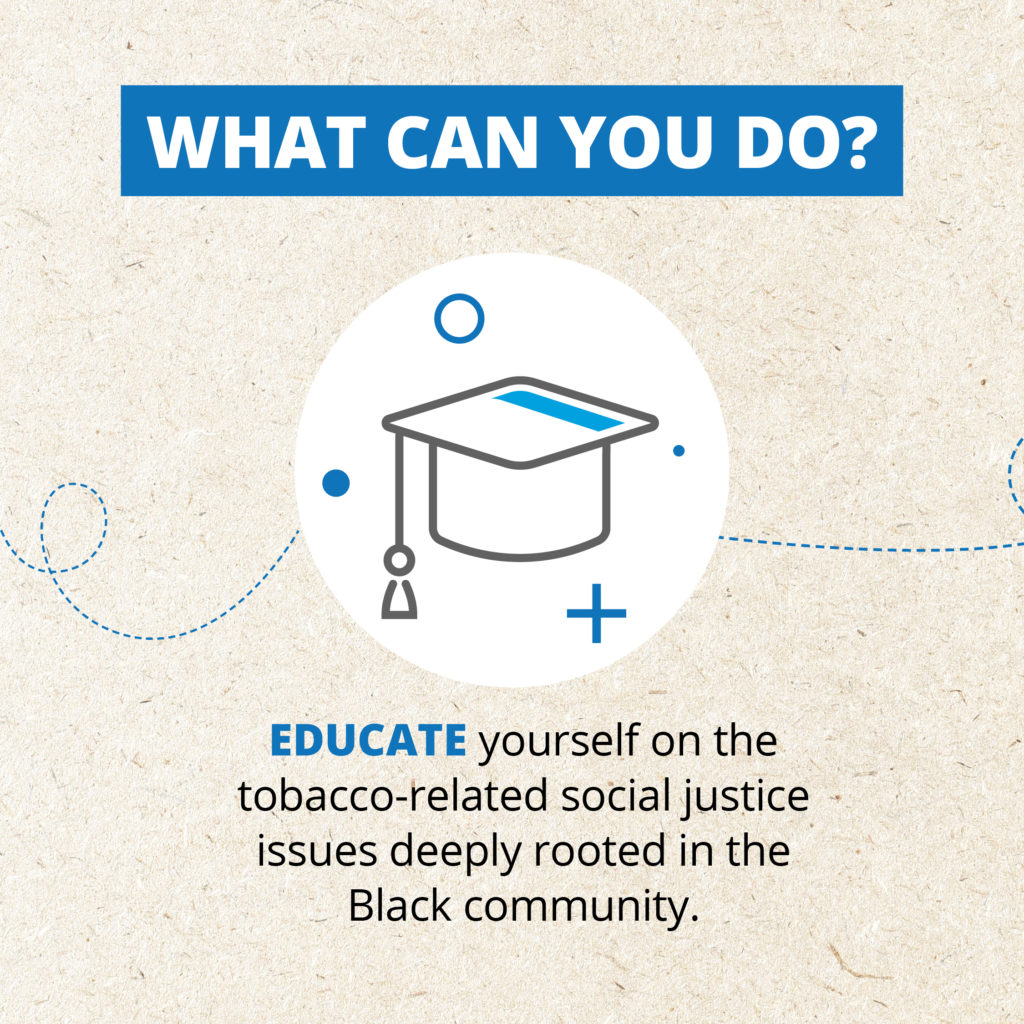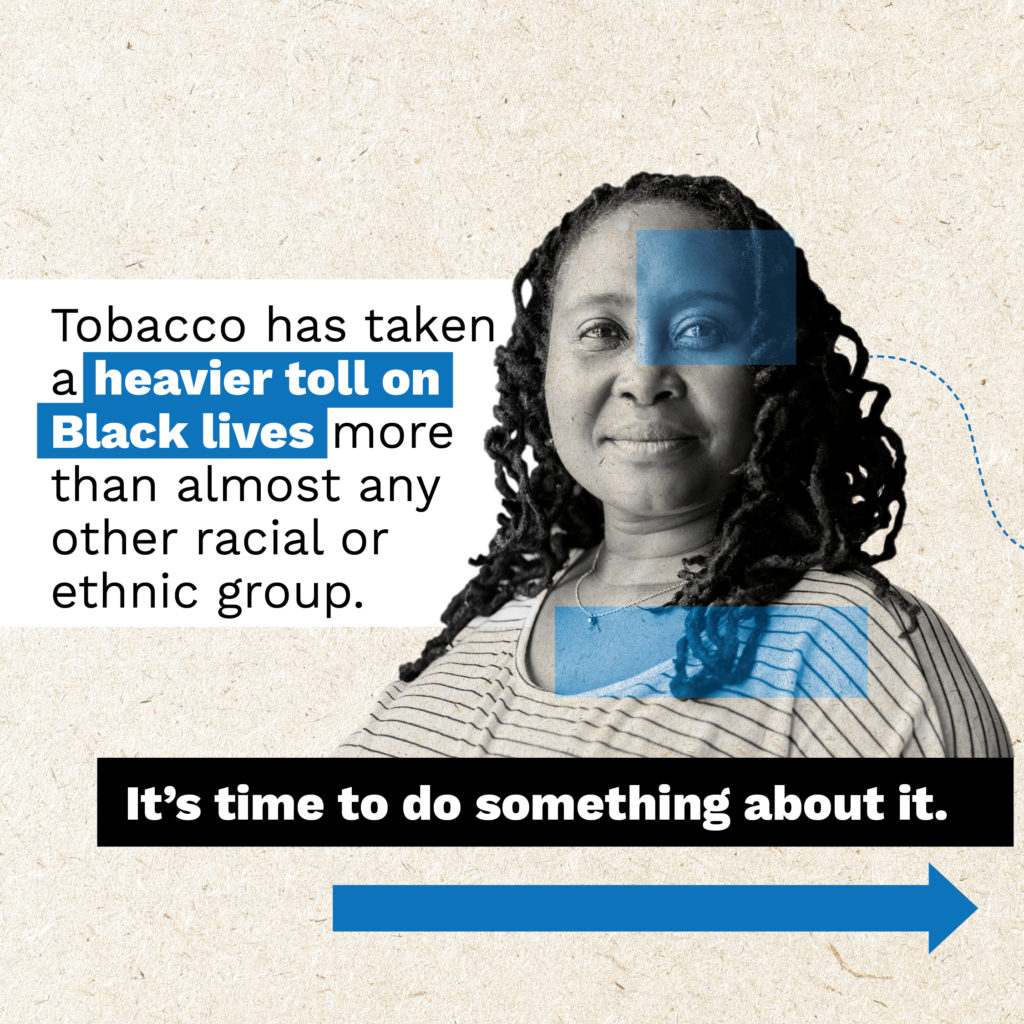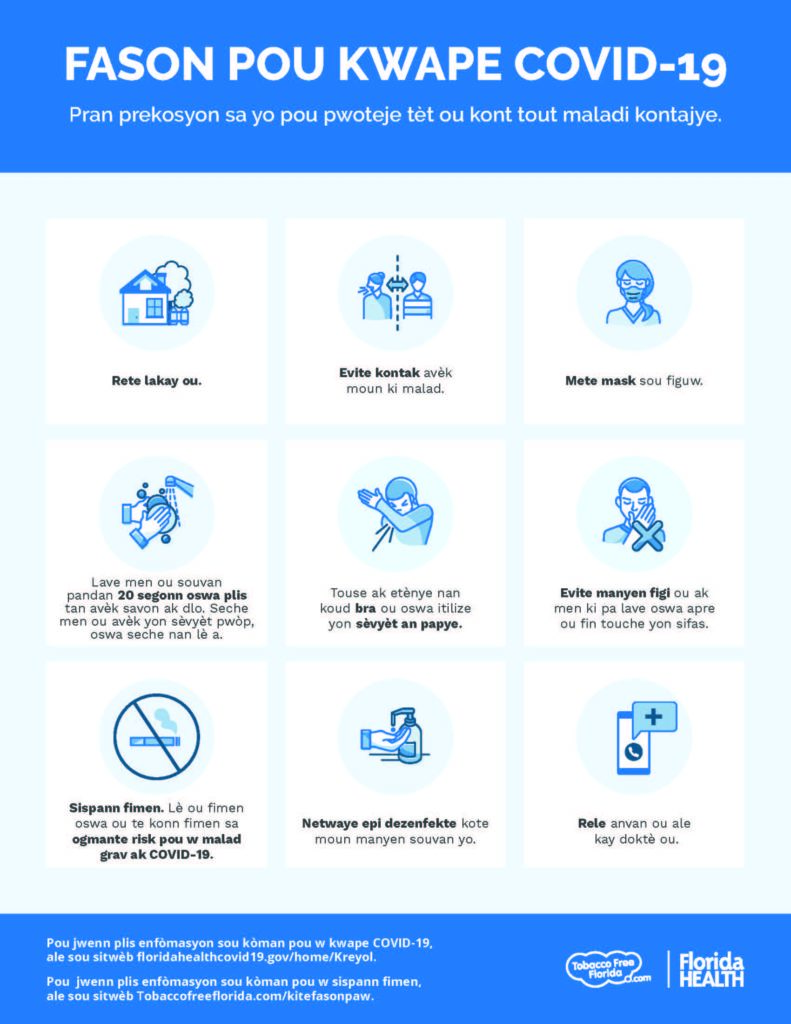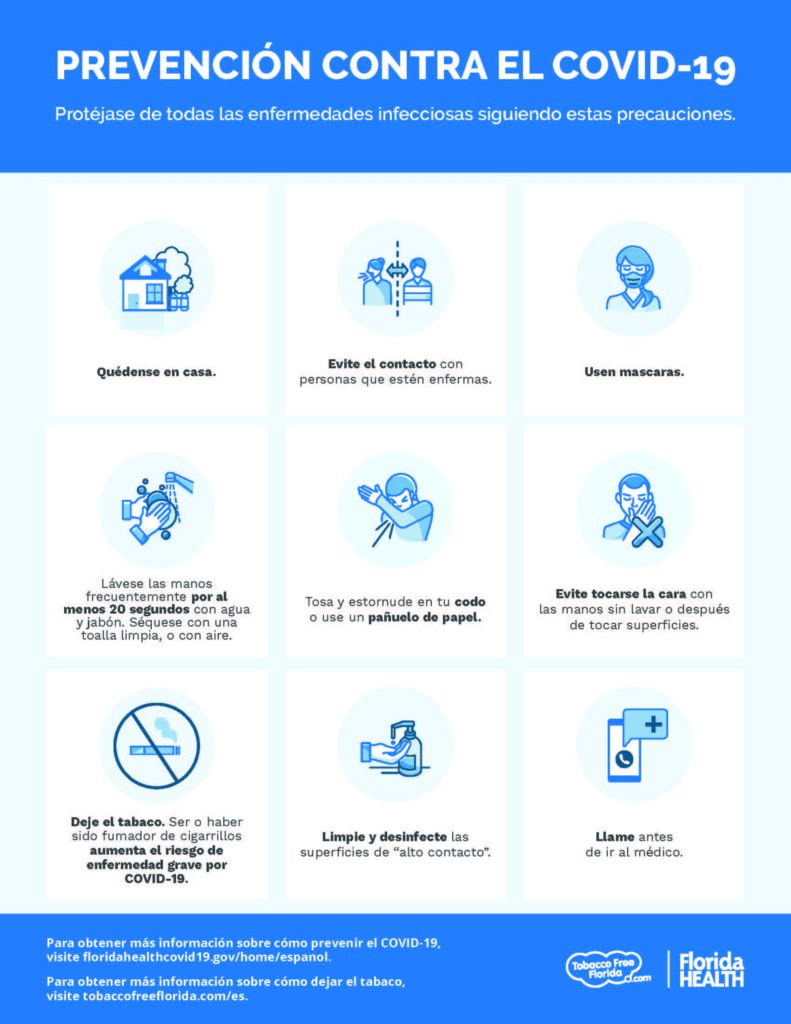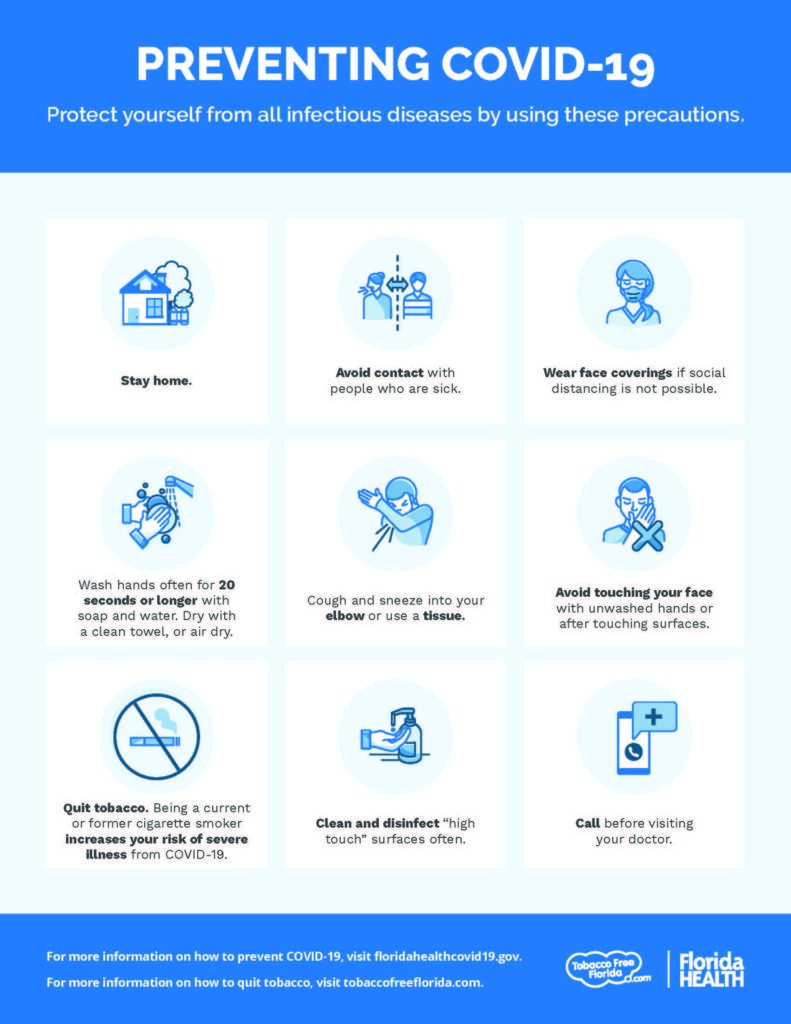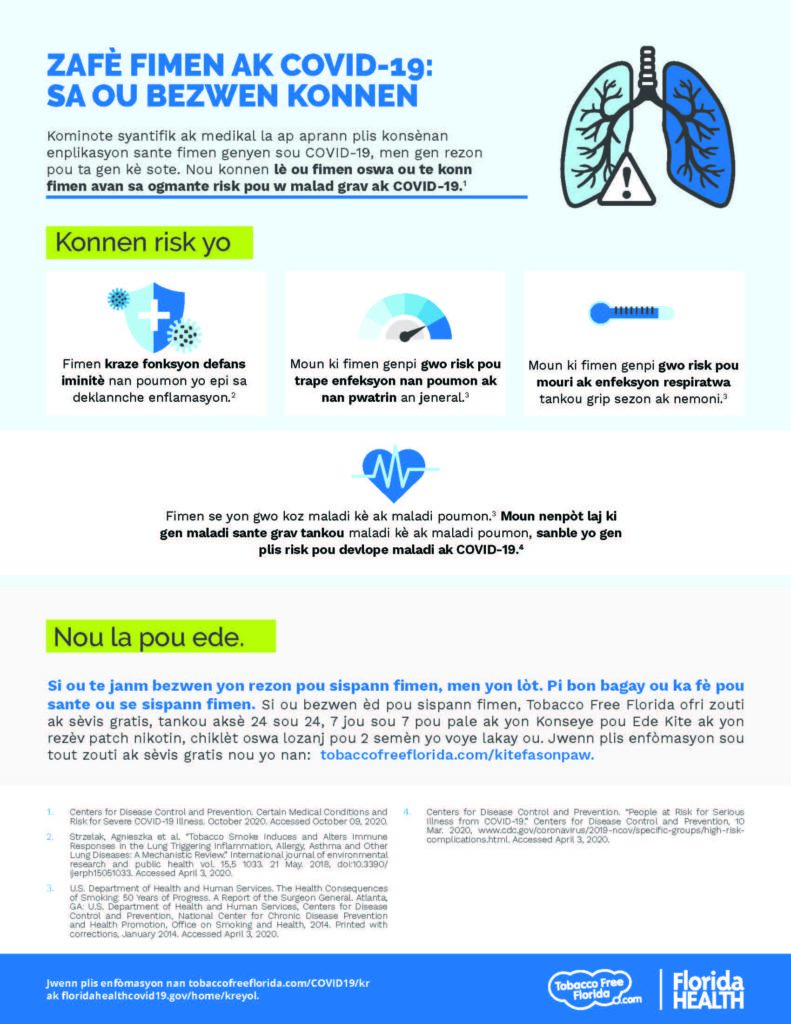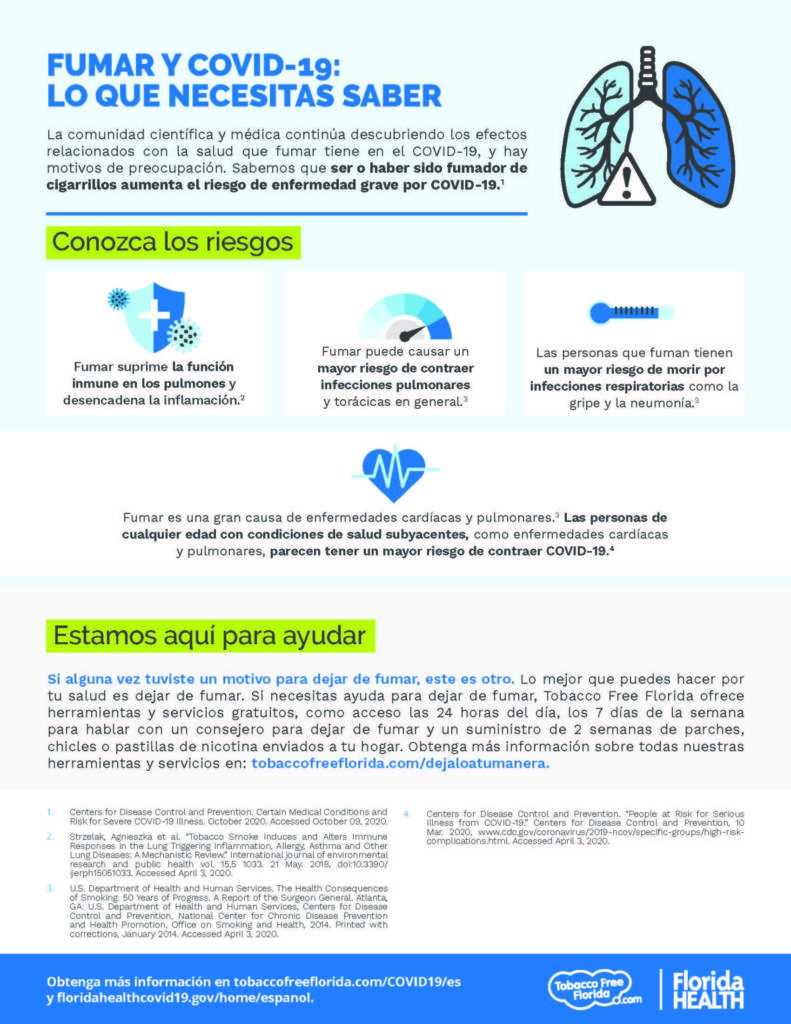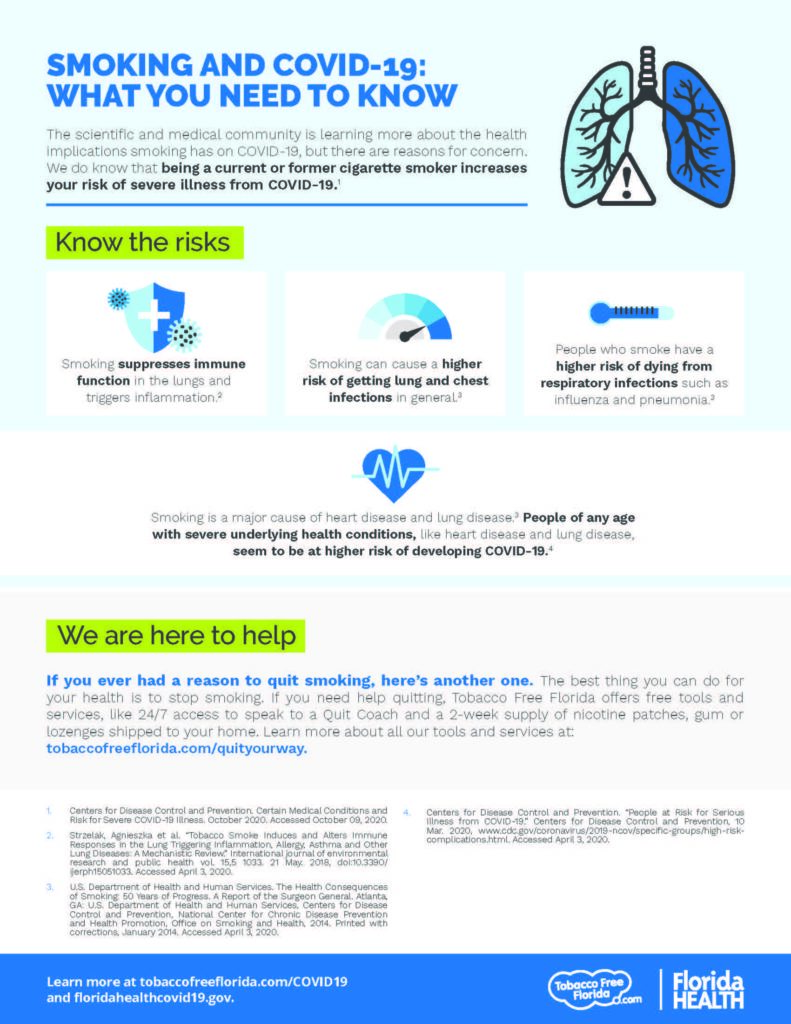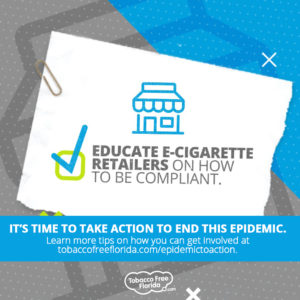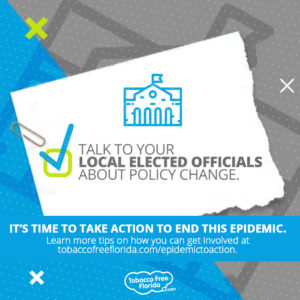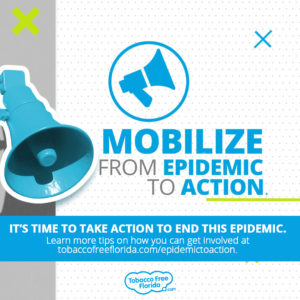Your body begins to heal hours after you quit smoking.
In 2 Weeks to 3 Months
Your risk of heart attack begins to drop, and lung function begins to improve.
Benefits of Quitting Smoking
Your body begins to heal hours after you quit smoking.
In 2 Weeks to 3 Months
Your risk of heart attack begins to drop, and lung function begins to improve.
In 1 to 9 Months
Your coughing and shortness of breath decrease.
In 1 to 9 Months
Your coughing and shortness of breath decrease.
In 1 Year
Heart attack risk drops sharply.
In 1 Year
Heart attack risk drops sharply.
In 2 to 5 Years
Stroke risk is reduced to that of a non-smoker’s.
In 2 to 5 Years
Stroke risk is reduced to that of a non-smoker’s.
In 5 Years
Your chance of cancer of the mouth, throat, esophagus, and bladder is cut in half.
In 5 Years
Your chance of cancer of the mouth, throat, esophagus, and bladder is cut in half.
In 10 Years
Your lung cancer death rate is about half of a smoker’s, and your risk of cancer of the kidney and pancreas decreases.
In 10 Years
Your lung cancer death rate is about half of a smoker’s, and your risk of cancer of the kidney and pancreas decreases.
In 15 Years
Your risk of coronary heart disease is back to that of a non-smoker’s.
In 15 Years
Your risk of coronary heart disease is back to that of a non-smoker’s.
How Tobacco Affects Your Body

Smoking Harms Your Organs
Smoking cigarettes can cause heart disease, stroke, cancer, diabetes, gum disease, chronic obstructive pulmonary disease (COPD) and more. There are more than 16 million Americans living with a disease caused by smoking. 1
Smoking is Extremely Harmful and Deadly
Cigarette smoking is the leading cause of preventable death in the United States. It causes more than 480,000 deaths each year. That is nearly 1 in 5 deaths, or 1,300 deaths every day. In Florida alone, cigarette smoking is responsible for 32,300 deaths every year. 1,2,3
For every person who dies because of smoking, at least 30 people live with a serious smoking-related illness. That means more than 16 million Americans are living with a disease caused by smoking. 1,2,3


Smoking Can Cause Almost All Types of Cancer
Everyone knows about the connection between smoking and lung cancer. In fact, 9 out of 10 lung cancer deaths are connected to smoking and more women die from lung cancer each year than from breast cancer. 4
When you smoke, the toxins from cigarette smoke enter your bloodstream through your lungs. Where does your blood go? To every part of the body. That’s why smoking causes disease in so many different ways 5 including cancers of the blood, cervix, colon and rectum, esophagus, liver, pancreas, stomach, and more. Smoking cigarettes also weakens the body’s immune system, making it harder to kill cancer cells. Think about this: if nobody smoked, 1 out of 3 cancer deaths in the U.S. would not happen. 1,2
How Smoking Affects Your Health
- Smoking is a risk factor for type 2 diabetes and can make it harder to control diabetes. 1 Smoking causes inflammation, which can lead to abdominal obesity and type 2 diabetes.
- People with HIV are more likely to develop harmful consequences of smoking than those without HIV. 6
- Smoking can make it harder for a woman to become pregnant and can affect the baby’s health. 1
- Smoking also increases the risk for tuberculosis, certain eye diseases, and problems of the immune system, including rheumatoid arthritis. 1

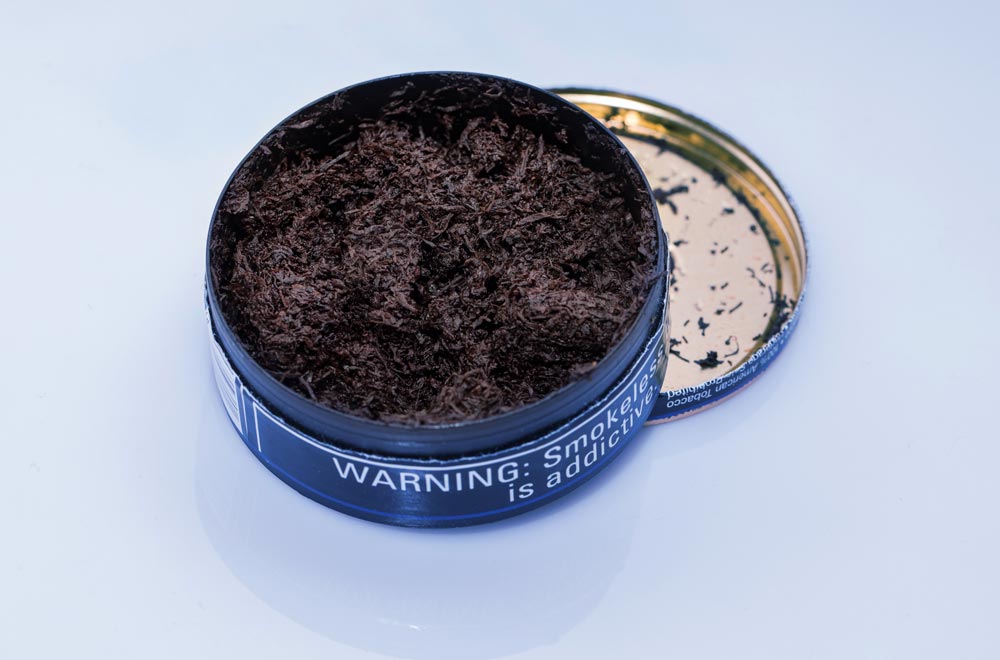
Effects Of Other Types Of Tobacco
- Smokeless tobacco, like chew and dip, can cause cancer of the mouth, esophagus, and pancreas. 1,7
- Cigars, cigarillos and little cigars contain the same toxic and carcinogenic compounds found in cigarettes and are not a safe alternative to cigarettes. 8
- Hookah smoking has many of the same health risks as cigarette smoking. Hookah tobacco and smoke contain several toxic agents known to cause lung, bladder, and oral cancers. 9,10
1 U.S. Department of Health and Human Services. The Health Consequences of Smoking—50 Years of Progress. A Report of the Surgeon General. Atlanta: U.S. Department of Health and Human Services, Centers for Disease Control and Prevention, National Center for Chronic Disease Prevention and Health Promotion, Office on Smoking and Health, 2014 [accessed accessed 2019 July 10].
2 Jha P, Ramasundarahettige C, Landsman V, Rostrom B, Thun M, Anderson RN, McAfee T, Peto R. 21st Century Hazards of Smoking and Benefits of Cessation in the United States. New England Journal of Medicine, 2013;368(4):341–50 [accessed 2019 July 10].
3 Centers for Disease Control and Prevention. QuickStats: Number of Deaths from 10 Leading Causes—National Vital Statistics System, United States, 2010. Morbidity and Mortality Weekly Report 2013:62(08);155. [accessed 2019 July 10].
4 U.S. Department of Health and Human Services. Women and Smoking: A Report of the Surgeon General. Rockville (MD): U.S. Department of Health and Human Services, Public Health Service, Office of the Surgeon General, 2001 [accessed 2017 Apr 20].
5 U.S. Department of Health and Human Services. A Report of the Surgeon General. How Tobacco Smoke Causes Disease: What It Means to You. Atlanta: U.S. Department of Health and Human Services, Centers for Disease Control and Prevention, National Center for Chronic Disease Prevention and Health Promotion, Office on Smoking and Health, 2010 [accessed 2018 Dec 7].
6 U.S. Department of Health and Human Services. AIDS.gov: HIV and Smokingexternal icon [last revised 2017 May 15; accessed 2019 July 10].
7 World Health Organization. IARC Monographs on the Evaluation of Carcinogenic Risks to Humans. Volume 89: Smokeless Tobacco and Some Tobacco-Specific N-Nitrosaminespdf iconexternal icon. Lyon (France): World Health Organization, International Agency for Research on Cancer, 2007 [accessed 2019 July 10].
8 National Cancer Institute. Cigars: Health Effects and Trends. Smoking and Tobacco Control Monograph No. 9external icon. Smoking and Tobacco Control Monograph No. 9. Bethesda (MD): National Institutes of Health, National Cancer Institute, 1998 [accessed 2019 July 10].
9 American Lung Association. An Emerging Deadly Trend: Waterpipe Tobacco UseCdc-pdfExternal. Washington: American Lung Association, 2007 [accessed 2019 July 10].
10 Cobb CO, Ward KD, Maziak W, Shihadeh AL, Eissenberg T. Waterpipe Tobacco Smoking: An Emerging Health Crisis in the United StatesExternal. American Journal of Health Behavior 2010;34(3):275–85 [accessed 2019 July 10].


